Increased Demand for Automation
The Business Rules Management System Market is experiencing a notable surge in demand for automation solutions. Organizations are increasingly recognizing the need to streamline operations and enhance efficiency. Automation allows businesses to reduce manual intervention, thereby minimizing errors and accelerating decision-making processes. According to recent data, the automation market is projected to grow significantly, with a compound annual growth rate of over 25% in the coming years. This trend is likely to drive the adoption of business rules management systems, as they provide the necessary framework to automate complex business processes effectively. As companies strive to remain competitive, the integration of automation within the Business Rules Management System Market appears to be a pivotal factor influencing market growth.
Rising Complexity of Business Processes
The Business Rules Management System Market is increasingly shaped by the rising complexity of business processes. As organizations expand and diversify, they encounter multifaceted operational challenges that necessitate sophisticated management solutions. Business rules management systems offer a structured approach to handle these complexities, enabling organizations to define, manage, and execute rules consistently across various functions. This complexity is further compounded by the need for agility in responding to market changes. Data suggests that companies utilizing business rules management systems can achieve up to a 30% improvement in operational efficiency. Consequently, the demand for such systems is likely to escalate as businesses seek to navigate the intricacies of modern operations within the Business Rules Management System Market.
Growing Emphasis on Data-Driven Decision Making
The Business Rules Management System Market is witnessing a growing emphasis on data-driven decision making. Organizations are increasingly leveraging data analytics to inform their strategies and operational decisions. Business rules management systems facilitate this by allowing companies to codify rules based on data insights, ensuring that decisions are not only timely but also grounded in empirical evidence. The integration of analytics within these systems can lead to enhanced predictive capabilities, enabling organizations to anticipate market trends and customer needs more effectively. Recent studies indicate that businesses that adopt data-driven approaches can experience a 20% increase in revenue. Thus, the focus on data-driven decision making is likely to propel the adoption of business rules management systems in the Business Rules Management System Market.
Need for Enhanced Compliance and Risk Management
The Business Rules Management System Market is significantly influenced by the need for enhanced compliance and risk management. As regulatory environments become increasingly stringent, organizations are compelled to adopt systems that ensure adherence to various compliance standards. Business rules management systems provide a robust framework for defining and enforcing compliance rules, thereby mitigating risks associated with non-compliance. The market for compliance solutions is projected to grow, with estimates suggesting a rise of over 15% annually. This trend indicates that organizations are prioritizing compliance as a critical component of their operational strategy. Consequently, the demand for business rules management systems is likely to increase as companies seek to navigate the complexities of compliance and risk management within the Business Rules Management System Market.
Advancements in Technology and Integration Capabilities
The Business Rules Management System Market is being propelled by advancements in technology and integration capabilities. The evolution of cloud computing, artificial intelligence, and machine learning has transformed the landscape of business rules management. These technologies enable seamless integration of business rules with existing systems, enhancing overall functionality and user experience. As organizations increasingly adopt hybrid IT environments, the ability to integrate business rules management systems with other enterprise applications becomes crucial. Data indicates that companies leveraging advanced integration capabilities can achieve up to a 40% reduction in time-to-market for new products. Therefore, the ongoing technological advancements are likely to drive the growth of the Business Rules Management System Market as organizations seek to optimize their operations.


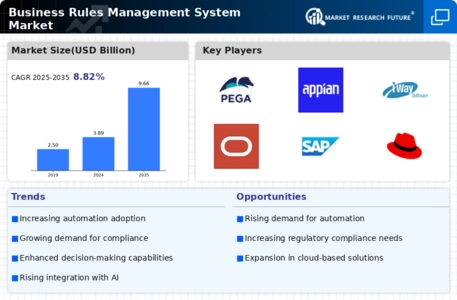
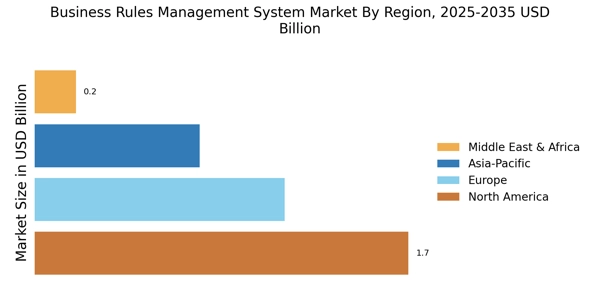
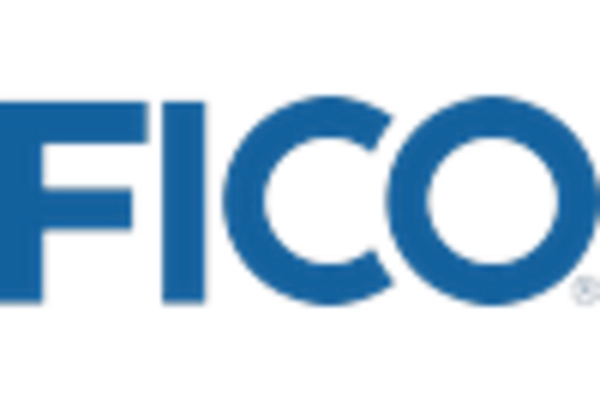
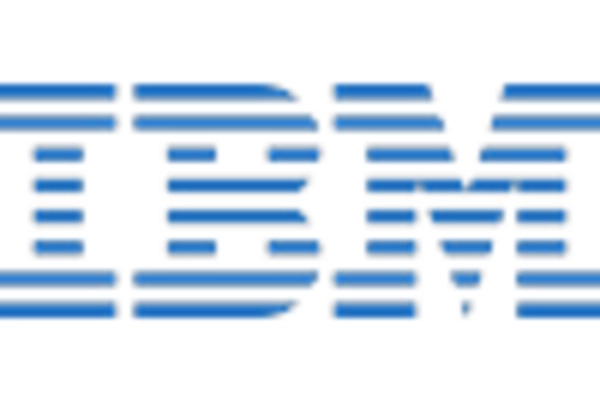

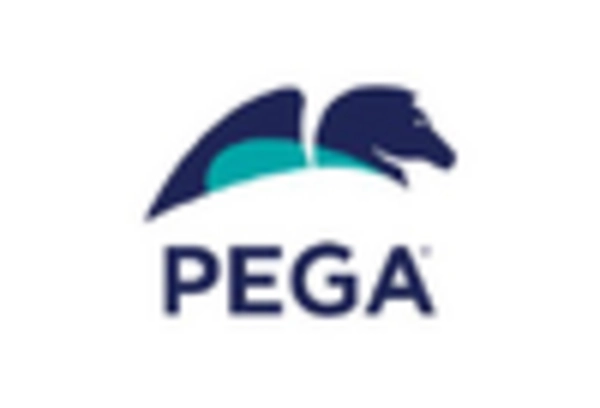

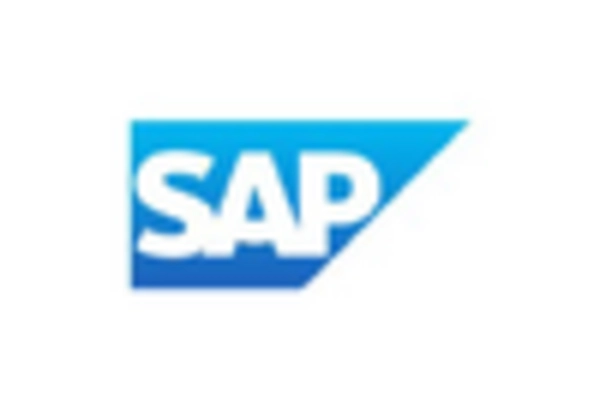








Leave a Comment